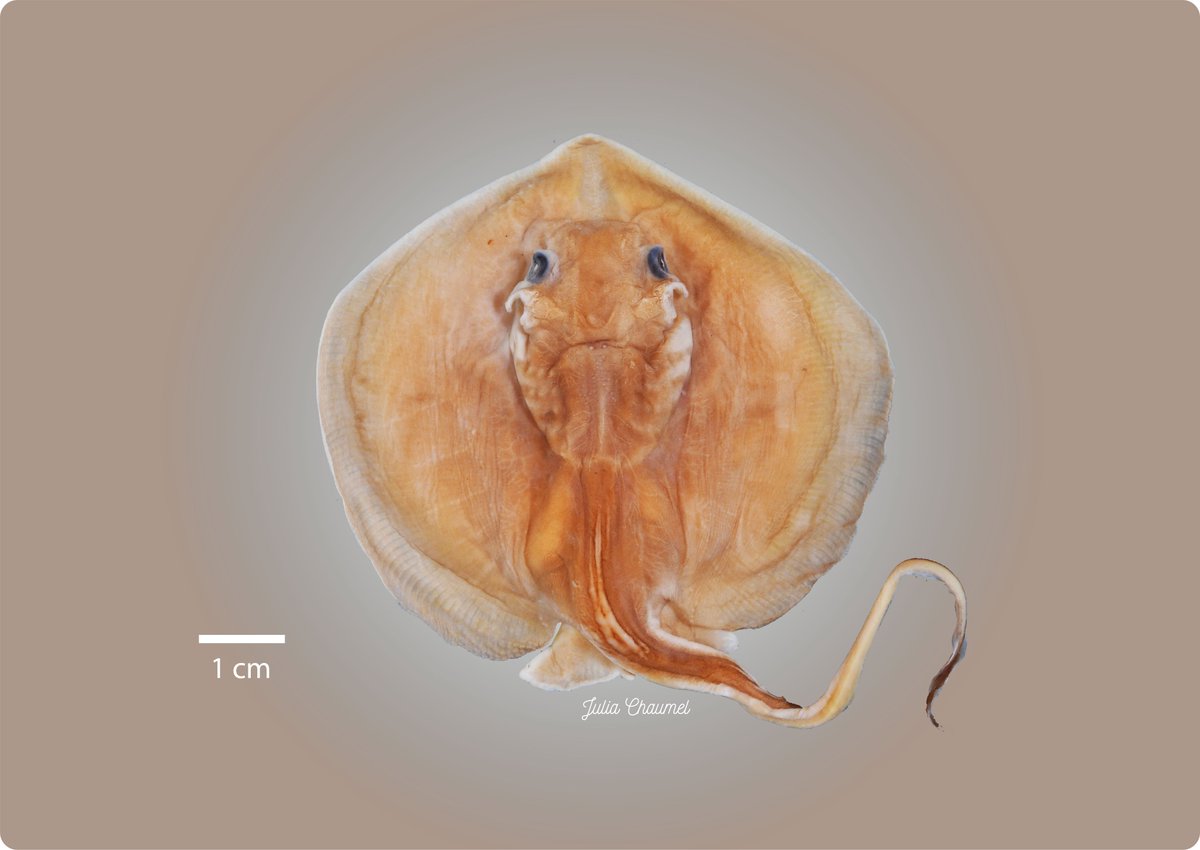
Júlia Chaumel
@yuliachaumel
Postdoc Fellow - Harvard University - Lauder's lab - Studying elasmobranchs' functional anatomy and locomotion using 3D imaging techniques.
ID: 1120812309587353601
http://www.juliachaumel.com 23-04-2019 22:10:53
84 Tweet
227 Followers
217 Following

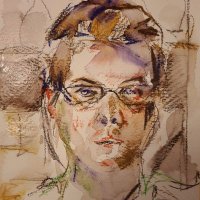
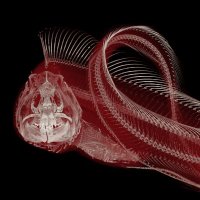
#postdocjobs in our group in Hong Kong CityU Hong Kong, please RT! We're looking for postdocs interested in the happy sandbox where #anatomy, #mechanics and #biomaterials play together...affection for #elasmobranchs, #tomography + shumai a plus Message me for more info, thanks!


Hi! Mason Dean, Ronald Seidel and I recently published the chapter "To build a fish. Structuring space and material in skeletons" at the book "Design, Gestaltung, Formatività" 🦈. Hope you enjoy it! (cool stuff + beautiful figures + OA!). Download: doi.org/10.1515/978303…


Hi! Our OA paper in Frontiers - Cell Biology is finally out! 🥳 Here we show how guitarfishes (durophagous batoids) process hard preys with jaws filled up with jelly cartilage. I'm sure you cannot do it with your bony jaw! Natural History Museum Mason Dean @BM_MPICI frontiersin.org/articles/10.33…


I am excited to announce that I just started a new postdoc funded by the German Research Fundation (DFG) to work in georgelauder lab at Harvard Organismic & Evolutionary Biology department. Of course, studying rays and skates! Let's start with this Myliobatis embryo from #MCZIchthyology #Elasmobranchs
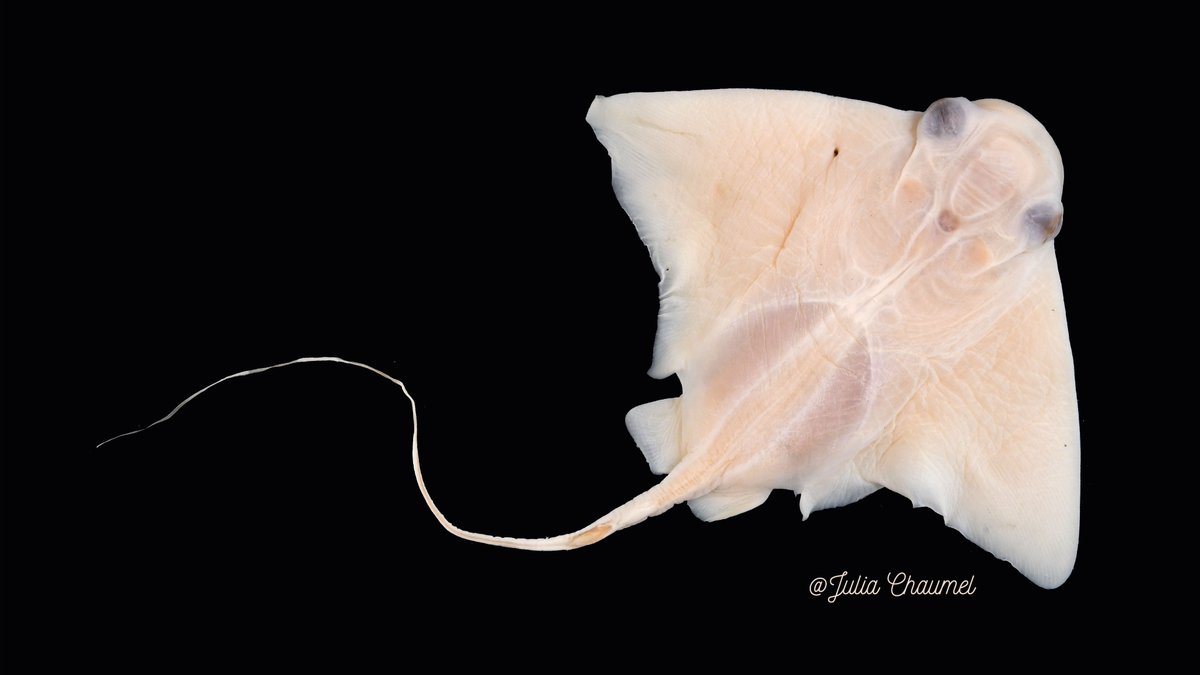








🦈Thrilled to share the study published in Advanced Science I am part of! It explores how stingray cartilage skeletons, covered in thousands of mineralized tiles (tesserae), grow and adapt as they expand! ⚽️ onlinelibrary.wiley.com/doi/10.1002/ad… #MarineBiology #Stingrays Max Planck Institute of Colloids and Interfaces
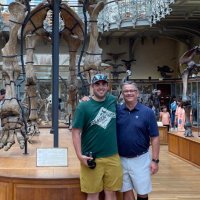
My first story of the year featuring a puzzling appendage: the whip-like tail of mantas and related rays. Scientists now think these lengthy structures act like fine-tuned antennae, detecting danger before it's too late! Latest for NYT Science: nytimes.com/2025/01/21/sci…

Our article is out in The Royal Society! We describe how the whip-tail of cownose rays acts as a hydrodynamic antenna, detecting water movements along its length! ➡️shorturl.at/8kMM7 Happy to see it in The New York Times too!➡️shorturl.at/n9w0s Thanks to georgelauder Museum of Comparative Zoology

Our new paper is out as OA! shorturl.at/BueUy Tuna keels aren't just for hydrodynamics—they're mechanosensory! 🐟 They contain a modified lateral line, possibly adapted to detect stimuli in high-noise environments georgelauder Dylan Wainwright Dr. Jacqueline Webb Connor White





